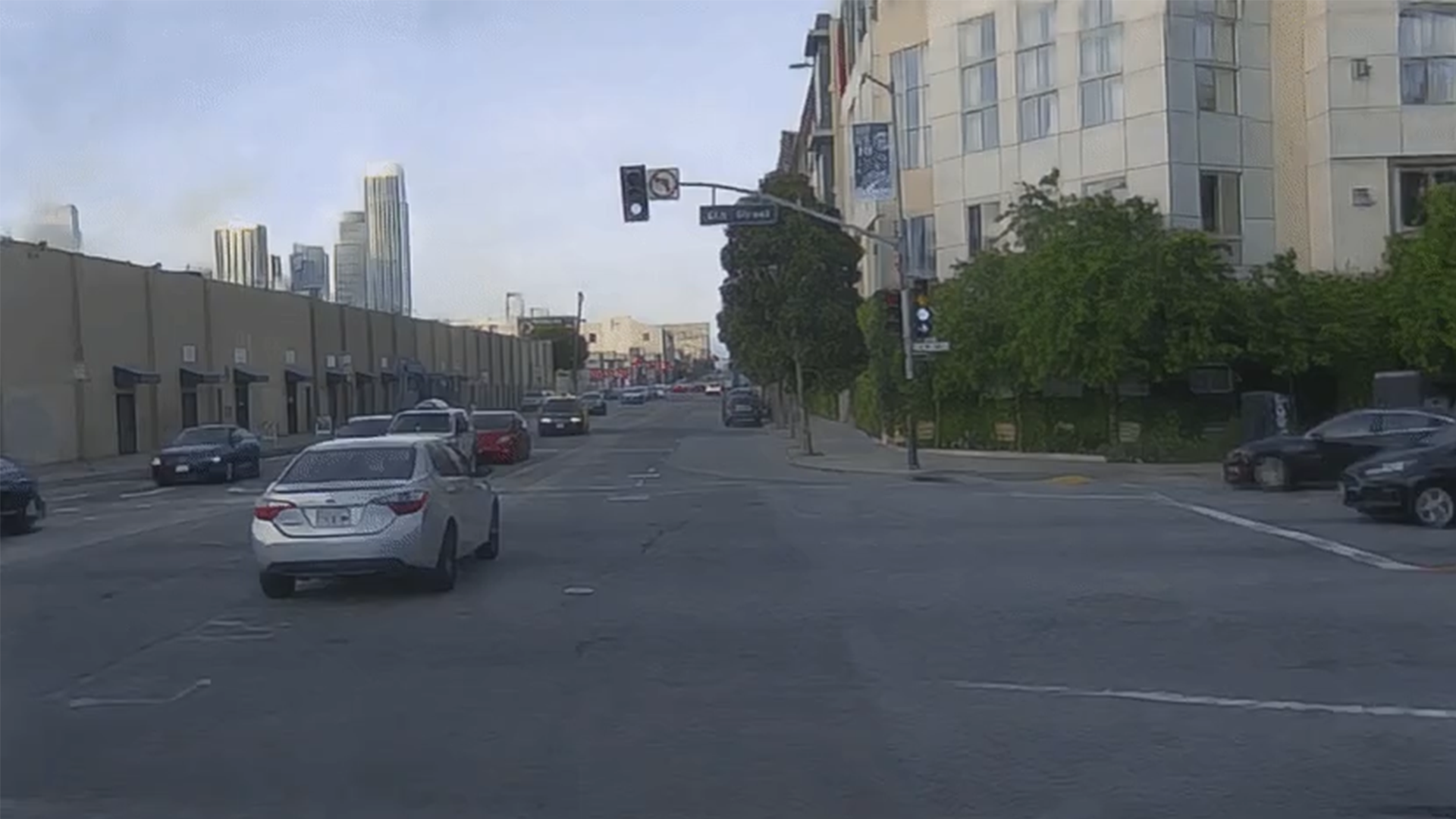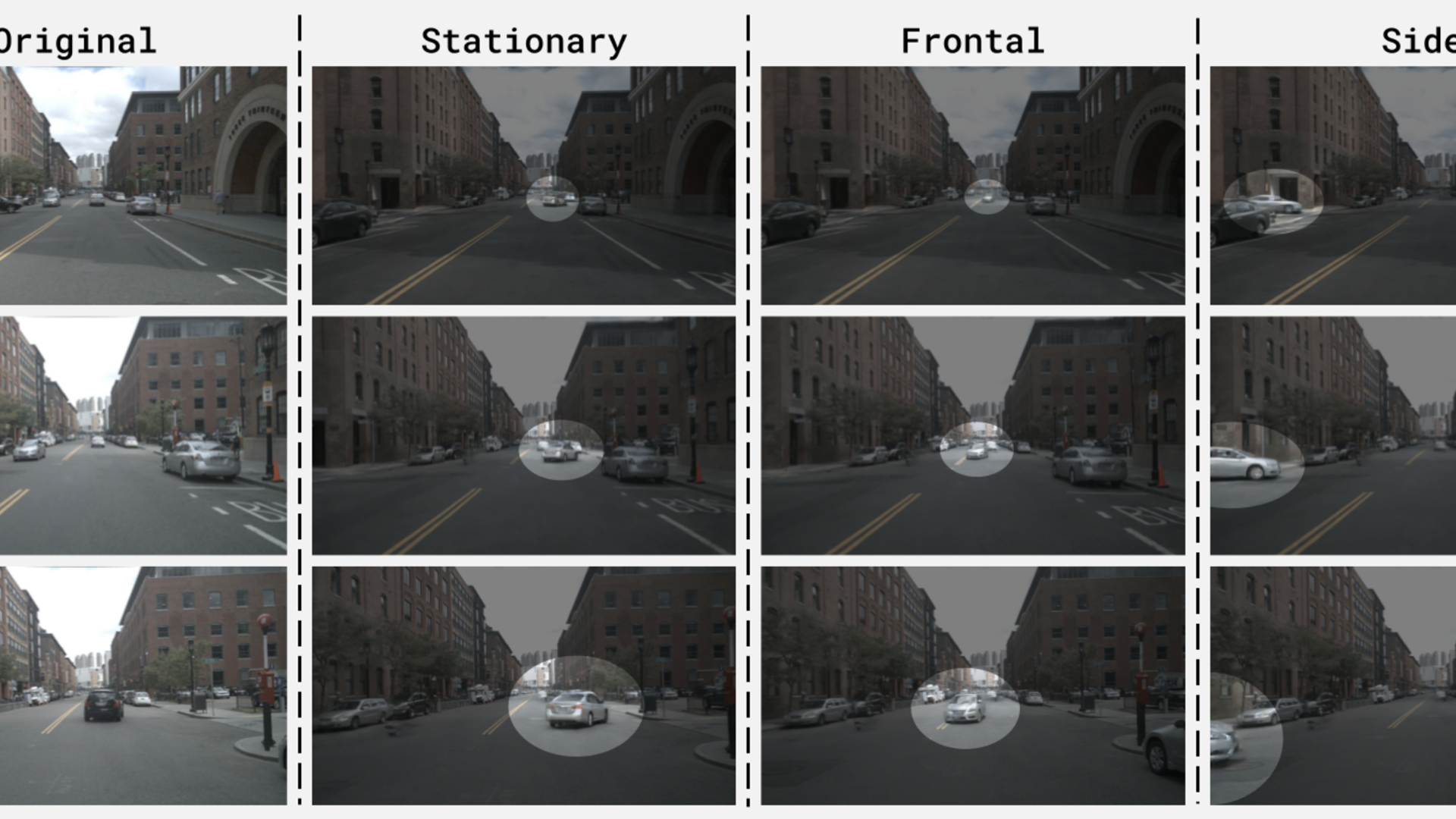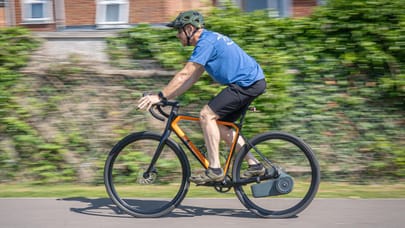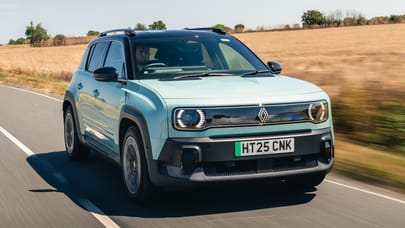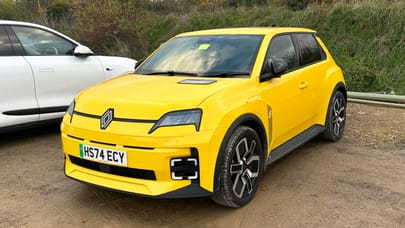
Volvo is using AI to reverse-engineer unusual road scenarios and improve safety
Volvo deploys clever (and harmless) ‘Gaussian splatting’ to make its cars safer
Splatting and cars; not typically a welcome word association. Yet, a fancy computer-science technique called ‘Gaussian splatting’ is the latest approach being used by Volvo to make its cars safer.
Using artificial intelligence and Nvidia's supercomputing platform, researchers from Zenseact – Volvo's in-house AI and software division – can synthesise incidents from the data collected by the sensors in new Volvos, and then create 3D visuals from all those bits of information.
Take another look at the images above. It’s not camera work. Those are some high-fidelity renders generated entirely from data points. Pretty cool, eh? Once generated, the images can then be manipulated. By adding or removing obstacles and/or other road users, the PhD researchers can test various scenarios and interrogate different outcomes, based on the different decisions they programme into the driver assistance features of a car.
By seeing the virtual consequences of those decisions, Volvo can ensure the car's 'brain' has an awareness of what to do when rarer road scenarios occur in life. Of course, Volvo's not the only carmaker using AI to find these 'edge cases'. Remember, Porsche has been using some similar AI wizardry to give its driver assist features more knowledge of those weird situations we don't encounter on a regular basis.
Top Gear
Newsletter
Thank you for subscribing to our newsletter. Look out for your regular round-up of news, reviews and offers in your inbox.
Get all the latest news, reviews and exclusives, direct to your inbox.





